Getting 5th graders to think deeply about the mathematics they are learning is a constant challenge. Truthfully? Teaching elementary math is more of a challenge that anyone gets credit for! Thankfully, there are a few tools we can add to our math teaching toolboxes to help students reach that deeper level of understanding. Asking questions for mathematical thinking has been one of the most effective strategies I’ve found!
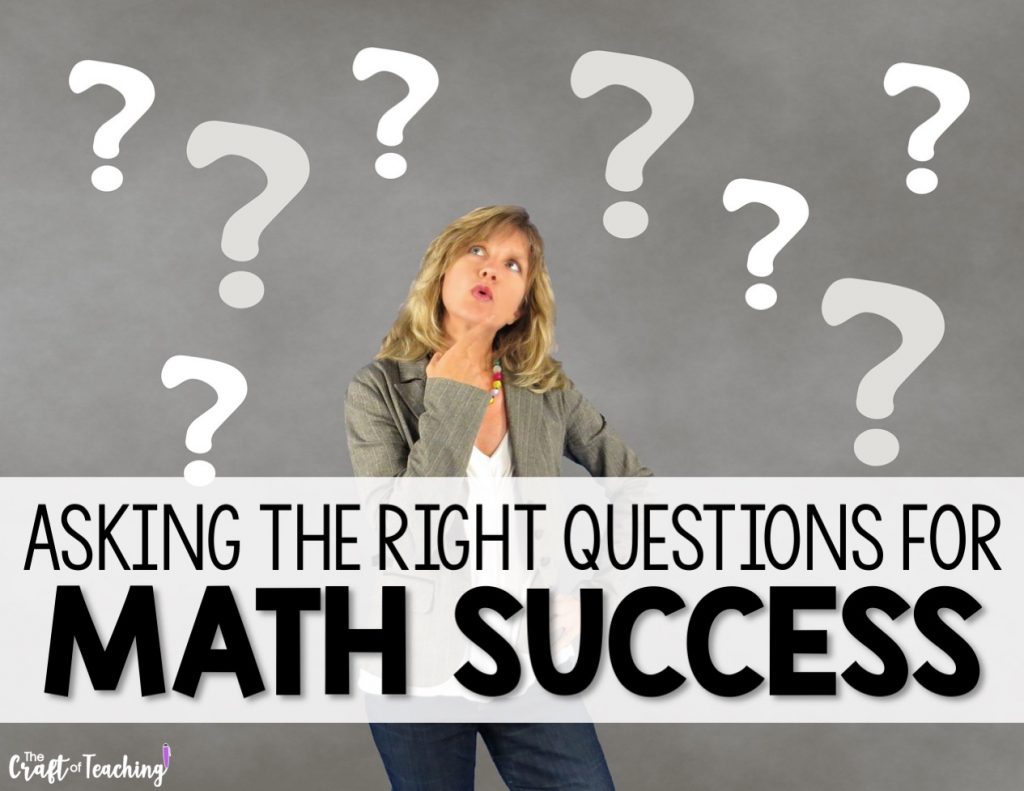
When I first found about the Common Core Standards for Mathematical Practice I got so excited because of the emphasis on helping students think critically about the math they are undertaking. That being said, after I read them, I sat back and wondered, “Exactly HOW do we support kids to do this kind of thinking?” I could have the greatest, most engaging math problem in the universe, and if I just threw it at them and walked away, I knew the results could be disastrous.
At the time, I was participating in some pretty amazing PD all about math and how we could improve students’ learning and understanding in a variety of ways. One of the ideas we discussed was questioning. Once we started having conversations about questioning, I knew that the questions I asked students (and they asked each other) could potentially be the key to the kingdom of having a deep understanding of mathematical concepts. Check out the steps below to unlock deep mathematical thinking in your class and make sure you grab the toolkit at the end!
asking questions for mathematical thinking step 1: have a plan
This was probably the hardest one for me when I first started shifting my thinking about using questions more effectively in mathematics. How was I supposed to know what questions to ask? To begin with, I found a few “go-to” questions – I thought worked well, like “How did you figure that out?” and “Why do you think that idea is working?”
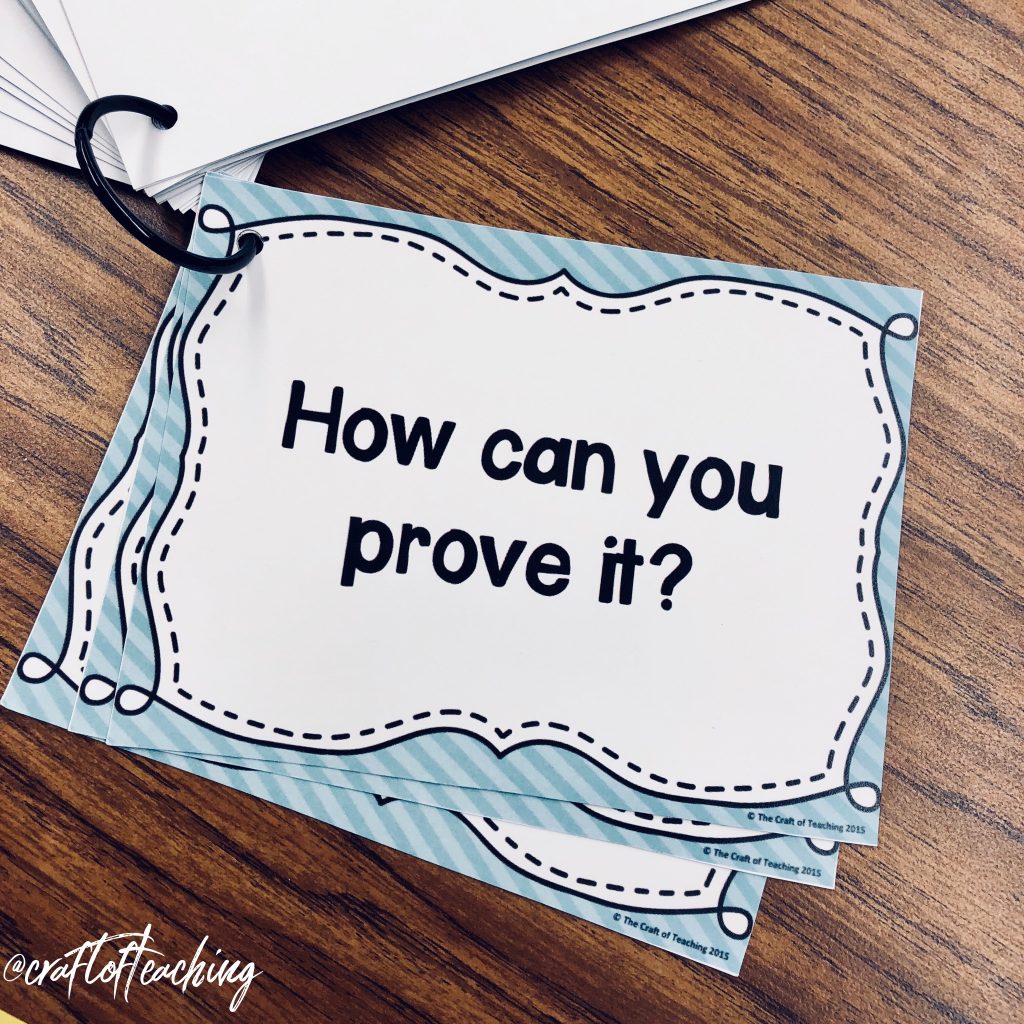
Each time I planned a lesson, I kept a few of these types of questions in my back pocket to help kids extend their thinking. I even put them up on posters or cards at the back of the room to remind me! When you know what questions you might ask ahead of time, it helps you to bust those bad boys out when you are circulating around the room or working with a small group of kids.
Think Like Your Students
After you make a list of the questions you want to use, start thinking about what answers kids might have. Think BIG, because you know they will say exactly what you aren’t expecting! I’ve even made plans that go something like this: “If So-and-So says _____, then I will ask _____.” Be prepared for lots of answers, but don’t get thrown off if they say something you didn’t think of! Sometimes, I have to take a minute to think of how I want to answer or what I want to say, and that’s ok! (Don’t tell anyone, but I’ve even said things like, “I don’t know if I completely understand your idea yet. Can you give me a minute to think about it?”)
Give Them Room to Struggle
As teachers, we HATE to watch kids struggle. It’s painful and we want them to get it! But, I’m here to tell you, it’s ok to let them struggle. That’s where the real learning happens! Questions are a great way to fight the urge to jump in and rescue a child who is struggling. Use your questions as a way to push their thinking, especially when you just want to give them the answer or tell them the next step. Ask them a great question instead, so they can come to the idea on their own.
Let Them Lead
The best kind of questions are the ones where they get to take the lead, not the ones that lead them to the answer. I always know I’ve asked something too leading when the student’s answer sounds like a question! It gets to that point where the student is just saying what they think you want them to. A question that gets them thinking in the right direction, does just that! Gets them thinking and back to working on the task at hand. The more open ended your question, the more thinking will happen!
Listen to Their Responses
Last, but not least, LISTEN. Once you’ve asked them a great question, really pay attention to what they are saying in response. It can be really hard when you have a great toolbox of questions ready to go, but be prepared to just take the time to hear what they have to say. It’s the most important part of the questioning process, in my opinion!
get the resources you need
Do you need some tools to add to your math teaching toolbox? Check out these math discussion questions and this math skills teaching toolkit.

This FREE math teaching toolkit has everything you need to ask the right questions at the right time AND keep track of what your students say and do. Inside you will find organizers for taking notes while your students work and discuss, question ideas to help you plan the best lessons, and small group organizers to help you plan for instructional next steps.
These discussion question cards and posters come in handy to post on the wall, or to put on a ring for your students or your small group table while they work and discuss. They are also handy for your daily Number Talks! There are 20 questions for students to choose from when talking to their partners and groups.
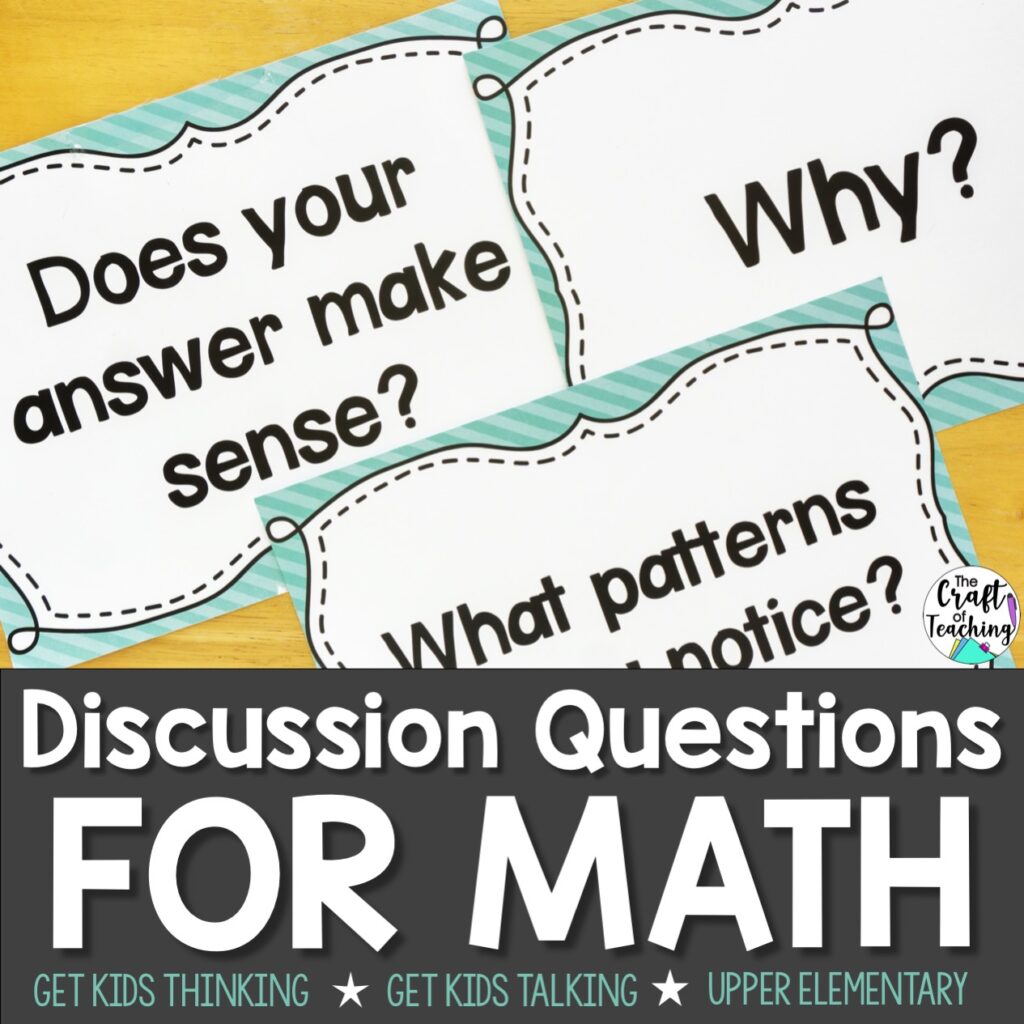
I hope you found this post about asking questions for mathematical thinking helpful! If you are teaching elementary math, I’d love to hear from you! Do you have any questions about this strategy? What questions do you like to use in your classroom? Leave a comment below!
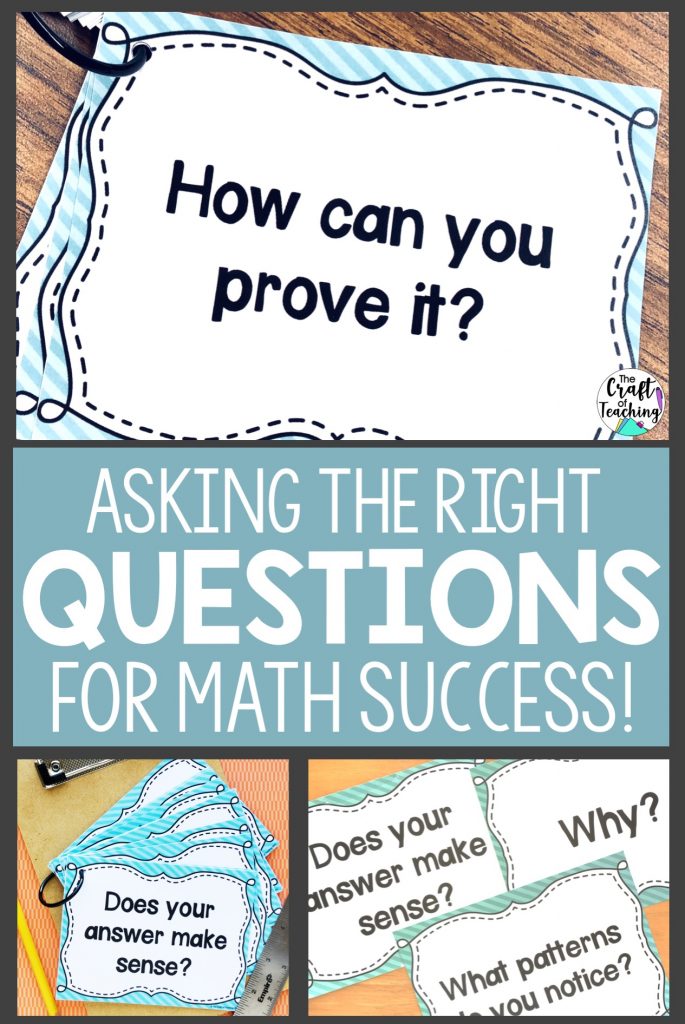

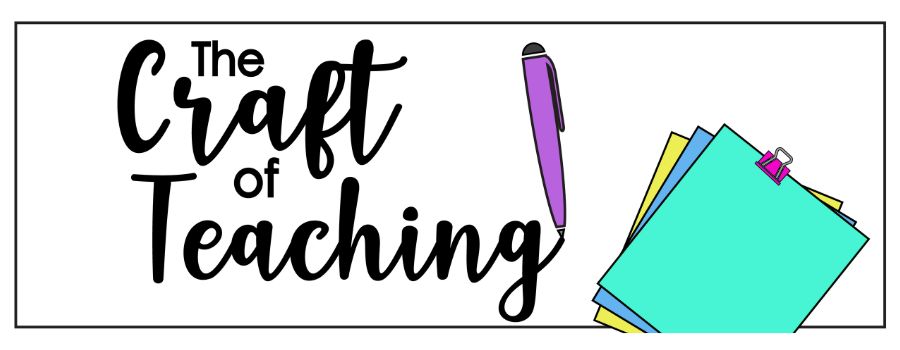
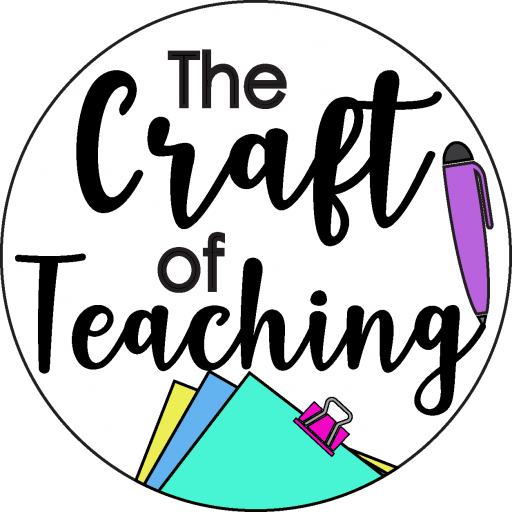


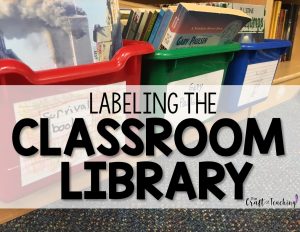

Thanks so much for these great ideas!
Anisa 🙂
What PD were you taking at the time?
It was professional development through a partnership between our district and a local university. It was funded by a grant from the National Science Foundation, I think.